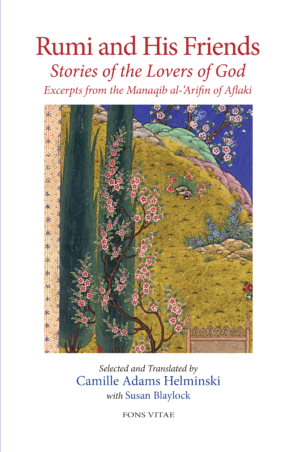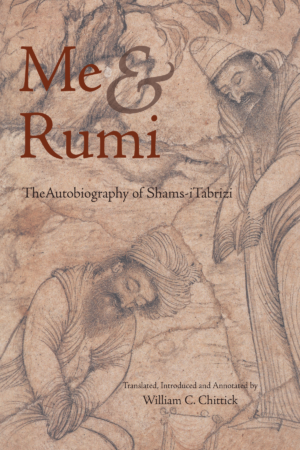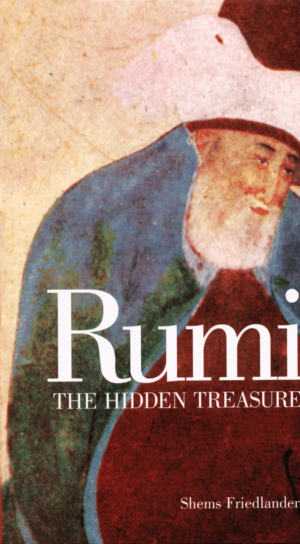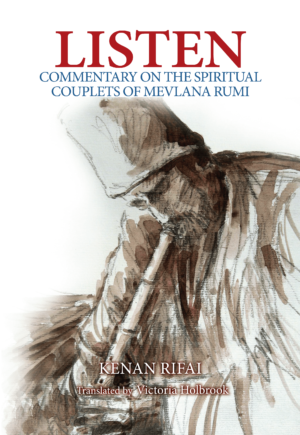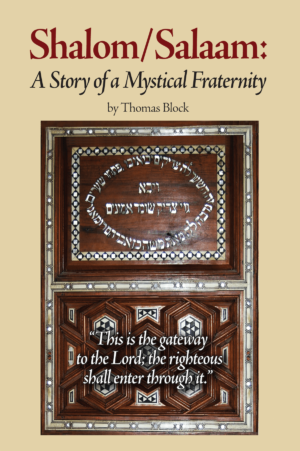The Animals’ Lawsuit Against Humanity
$23.95
- 9781887752701
- 115
$23.95
Click here to read an article on the rabbi who translated The Animals’ Lawsuit Against Humanity from Arabic to Hebrew.
How current this tenth century tale is for both the young and old of today! It addresses environmental and animal rights issues with charming effectiveness. A Muslim Sufi work of 10th century Iraq, translated by a Rabbi into Hebrew, and rendered into Latin for a Christian king is now translated from the popular Hebrew version by Jews into English, edited by a Christian and illustrated exquisitely by a Muslim woman from India under the patronage of a Saudi princess. This is a true interfaith and multi-cultural title!
The ancient antecedents of this tale are thought to have originated in India, but the first written version of the story was penned in Arabic by members of the Islamic “Brethren of Purity”, Ikhwan al-Safa, a Sufi order, in the environs of Basra, Iraq, sometime before the tenth century of the Common Era. In their version, the story was the twenty-fifth of fifty-one “letters”, or treatises, the Rasa’il comprising an encyclopedia, in which were described the mysteries and meaning of life.
Much later, this one story, The Letter of the Animals, was translated and adapted by Rabbi Kalonymus ben (son of) Kalonymus, known among Christians as Maestro Calo, at the request of his master, King Charles of Anjou (in France), in the year 1316. The story was popular in European Jewish communities into the late 19th and early 20th centuries. Besides being published in Hebrew, it also was translated into Yiddish, German and Spanish. The text used was published in Jerusalem under the title Iggeret Baalei Hayyim (The Letter of the Animals) by Mosad HaRav Kook in 1949.
Kalonymus lived primarily in Arles, in the Provence region of France. The region at that time, along with Spain and Italy, were highly cultured and more tolerant than other parts of Europe because of the influence of and contact with the Islamic/Arab world through Muslim Spain. Rabbi Kalonymus, like many others, was busy translating into Hebrew Aristotle and many others important classical thinkers, whose works had been preserved in Arabic and transmitted by the Arabs to the West.
—-
“The story of this book is miraculous in itself. The fable and the message it so clearly contains date from over a thousand years ago. The origins of the story were Indian, but it was actually written down for the first time in the tenth century C.E. in Arabic by a Sufi order. It has since circulated through most of the Eastern religions; this edition is the first one in English. I found out about it through Isabel Carlisle, who converted it into play form and has used it in schools over the last few years.
The story is that there once was a place on Earth, an island called Tsagone, where the animals lived happily and free from persecution by human beings; the Isle was ruled over by Bersaf, King of the Spirits. But a ship carrying passengers was wrecked near its shores and a large group of people clambered onto the island. Quite soon, perhaps inevitably, the people began to use the animals and birds for food and labour, and in fact enslaved them: so for the animals, “eyes that were once filled with trust began to be drowned in stormy oceans of fear.” Eventually the animals, in desperation, met and agreed to ask the King of Spirits for help.
He decided to summon the humans to court to answer the charges which were beginning to be specified by the animals. The humans were strongly divided. Hochmah (Wisdom), the female sage, was in favour of the animals’ case. Zadone (Malice) however was the spokesperson for the humans and led their case in their representation to the King. He argued, in relation to species other than human: “We say they are our slaves and we shall seize those whom we wish and treat them just as we would treat any other possession. Those who submit to us accept the notion that the Creator set us to rule over them— but those who break our yoke and flee—they are rebelling against God’s word…the consequences are theirs.”
The humans also maintained that they were the only creatures who had souls, consciences and understanding and that they had the most perfect bodies in all Creation. The King of Spirits, after wise advice, ordered a full investigation based on evidence and asked both humans and animals to bring together their evidence. The animals sent six emissaries to the different groups of animals to ask them to send a representative. The Horse went to the Lions, the predatory animals: the Ox went to the Phoenix, ruler of the non-predatory birds: the Sheep went to the Osprey, ruler of birds of prey: the Donkey went to the Bee, ruler of the winged swarming things: the Pig went to the Sea Dragon, ruler of water creatures: and the Mule went to the Snake, ruler of the creeping things.
The account of these gatherings is fascinating, as all the animals and birds spoke according to their own nature. Emerging as representatives of all animals, judged best able to present their case to the King, were the Dragon, the Nightingale, Parrot, Queen Bee, Frog, and Cricket. The Court was convened. The arguments are amazingly modern. The Nightingale argued that, “…even the swarming and creeping creatures have knowledge and understanding and unique skills. We all do.
Therefore, since we all have a portion of the Creator’s gifts, how can humans glorify themselves over us and claim they are our lords and masters?” She argued that all animals share one soul and are unifi ed, that humans have individual souls and are in constant dispute between themselves and the rest of the world.”
Humans and animals both gave their evidence at some length and with great eloquence. At the end, the King gave his verdict. “By the grace of God, I fi nd myself in favour of the animals, for they have been sorely tested and abused.” He accepted that humans were beginning to realise the harm they are doing, and must begin to treat all creatures with loving kindness. “Should you err, the animals will begin to disappear, one by one, forever, from the face of the earth; and the air in your settlements and fortresses will become dangerous to breathe…the seasons will be reversed and your climates turned on end…the animals you eat will bring sickness and death upon you…and you will no longer rule the earth.” This can be reversed, but humans have to realise the extent of their cruelty.
The story ends with an exhortation to all humans to realise what they need to do and how they need to live. It comes with great force over a thousand years, to us who can see the catastrophes approaching because humans have through these thousand years largely ignored these warnings, and indeed things are often so much worse for animals in our industrialised and human-centred societies.
I found in this book a message that speaks so clearly to me and to us all. It is remarkable it has survived, and has been published by a small press, the Fons Vitae (fountain of life) in Kentucky USA. It is beautifully illustrated on the cover and throughout by Kelsey Begum, and presented with great love.”
Fons Vitae is to be congratulated for making this work available in its current form...the cooperation of representatives from all the religions of the Abrahamic family in the preparation of the present book – reminds us of the basic truth that the most crucial problems of today are those which all authentic religious people face together…They have provided a book of value for experts on medieval thought as well as ordinary readers interested in reading a fascinating story of enduring spiritual worth and great current significance.
The story of this book is miraculous in itself. The fable and the message it so clearly contains date from over a thousand years ago. The origins of the story were Indian, but it was actually written down for the first time in the tenth century C.E. in Arabic by a Sufi order. It has since circulated through most of the Eastern religions; this edition is the first one in English. I found out about it through Isabel Carlisle, who converted it into play form and has used it in schools over the last few years.

